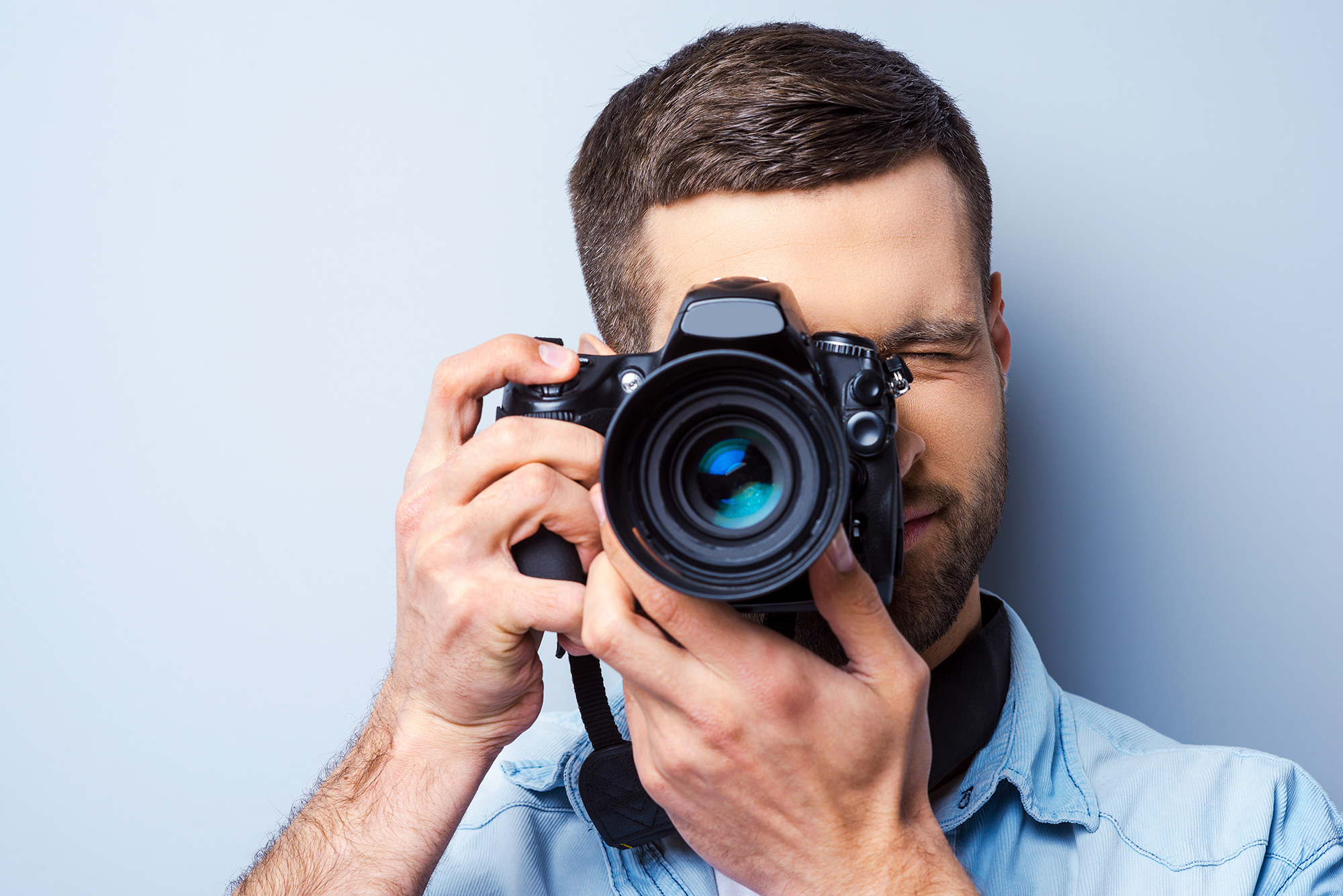Exploring the World of Analog Film Photography: A Beginner’s Guide
In a world dominated by digital technology, analog film photography has become a cherished practice for those seeking a more hands-on and creative approach to capturing images. While digital cameras offer convenience and instant results, film photography brings an element of unpredictability and artistry that many photographers still value. If you're interested in learning this classic art form, analog film classes can be a fantastic way to begin your journey. These classes offer a chance to explore the fundamentals of film photography, from handling the camera to developing and printing photos.
Why Choose Analog Film Photography?
There is something distinctly captivating about the process of analog photography. Unlike digital images, which are instantly available on a screen, analog film requires more time, patience, and attention to detail. Each shot must be carefully considered, and the results are not seen until the film is developed. This slower pace encourages photographers to be more thoughtful and deliberate with their compositions, Film Photography classes making the process more intentional.
Analog film classes help students understand the unique properties of film, such as grain structure, color rendition, and exposure characteristics. These classes teach students the technical aspects of working with film cameras and the artistry involved in creating photographs that stand out. Whether it’s the nostalgic appeal of film or the desire to experiment with a different medium, many photographers are drawn to film for its hands-on nature and its ability to produce distinct and organic results.
Key Aspects of Analog Film Photography
Learning the Basics of Film Cameras
One of the first things analog film classes focus on is familiarizing students with film cameras. For many, switching from digital to film can be intimidating, as film cameras require manual control over settings like aperture, shutter speed, and focus. In analog film classes, instructors guide students through the use of these manual controls and help them understand how each element affects the final image.
In addition to learning how to operate the camera, students are also introduced to different types of film, such as 35mm, medium format, and large format. Each type of film has its own advantages, and understanding the differences between them is essential for creating the desired results. Analog film classes provide an opportunity for students to experiment with various films and cameras to discover which suits their style best.
Understanding Film Exposure and Composition
Exposure is a critical component of film photography, and analog film classes emphasize the importance of getting it right. Unlike digital cameras, which have automatic exposure settings, film cameras require the photographer to manually adjust the exposure based on lighting conditions. This process requires a deeper understanding of how light interacts with film and how to balance aperture, shutter speed, and ISO to achieve the perfect exposure.
In analog film classes, students learn how to read light meters, adjust their settings for various lighting situations, and understand how to compose an image effectively. Since film is unforgiving in terms of exposure, this knowledge is crucial for ensuring that images are properly exposed. Students are also taught about the artistic side of composition, such as framing, rule of thirds, and the use of natural light, which adds to the creative freedom of working with film.
The Darkroom Experience: Developing and Printing Film
A standout feature of analog film classes is the darkroom experience. While digital photography allows for instant image viewing and editing, film photography involves a hands-on process of developing and printing images. After shooting the film, students learn how to develop it using chemicals in a darkroom setting. This process allows students to see their photos come to life, with the chance to adjust their images and experiment with different techniques.
In the darkroom, students not only develop black-and-white film but also have the opportunity to print their photos. The process of enlarging, cropping, and adjusting prints gives photographers a chance to create tangible, physical representations of their work. It’s an incredibly rewarding experience to see the results of one’s efforts materialize through the darkroom process. Analog film classes provide a safe environment for students to experiment with different techniques, such as dodging and burning, and learn the ins and outs of creating fine art prints.
Benefits of Taking Analog Film Photography Classes
Building a Strong Foundation in Photography
One of the primary benefits of enrolling in analog film classes is that they offer a strong foundation in the fundamentals of photography. While digital cameras may have automatic settings that make it easy to take photos without thinking about technical aspects, analog film requires a deeper understanding of light, composition, and manual settings. By learning these core principles, photographers develop a strong foundation that can improve their overall skills, regardless of whether they continue with film or transition to digital.
For beginners, analog film classes provide the tools and knowledge to get started with film photography in a structured and supportive environment. Experienced photographers may find that these classes help them sharpen their skills and rekindle their creativity by returning to the roots of photography.
Encouraging Creativity and Exploration
Another advantage of taking analog film classes is the opportunity to embrace a more creative approach to photography. Film photography, by nature, encourages exploration and experimentation. Because the results are not instant, photographers often need to take risks, try different techniques, and think outside the box to capture compelling images. The unpredictability of film – with its potential for unexpected colors, contrasts, and textures – makes it an exciting medium for artists looking to break free from digital constraints.
Instructors in analog film classes provide students with the freedom to explore various creative approaches to photography. Whether it’s experimenting with different film types, adjusting exposure settings, or exploring alternative printing methods, these classes foster a sense of artistic expression and discovery.
Accessing Free Analog Film Photography Classes
While analog film classes free may be harder to come by, there are still opportunities for those looking to learn without the financial commitment. Many community centers, libraries, and local photography clubs offer free workshops or events that focus on film photography. These workshops often cover the basics of film exposure, developing techniques, and creative photo composition, giving participants a chance to dip their toes into the world of analog photography.
Additionally, there are online resources, including free video tutorials and blogs, that can serve as a supplement to traditional analog film classes free. While these online platforms may not offer hands-on experience, they are a helpful way to learn the theory behind film photography at no cost. By combining online learning with in-person workshops, aspiring photographers can deepen their understanding of the craft without having to spend money.
Conclusion
Analog film photography offers a unique and rewarding way to explore the art of capturing images. Whether you're a beginner or an experienced photographer, analog film classes can provide the knowledge, skills, and creativity necessary to master the craft. By focusing on manual controls, film exposure, and the darkroom process, these classes give students a well-rounded understanding of the medium. For those looking for analog film classes free, there are various opportunities to learn through community workshops, online resources, and photography clubs. Embracing the world of film photography can be an enriching and fulfilling experience, and these classes serve as a great starting point for anyone interested in this timeless art form.

回答
まだコメントがありません

新規登録してログインすると質問にコメントがつけられます